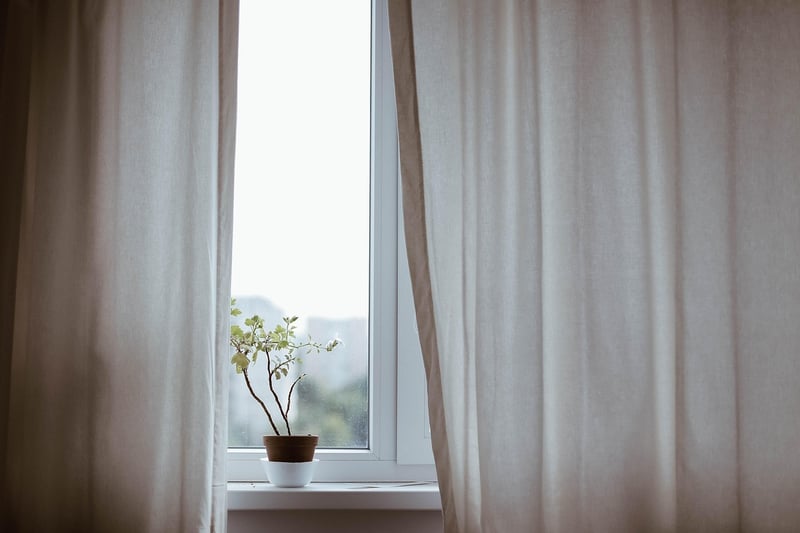Indoor Gardening Tips
Cultivate Greenery: Indoor Gardening Tips

Indoor gardening is a wonderful way to bring nature into your home, purify the air, and create a calming atmosphere. Whether you're a seasoned plant parent or just starting, here are some tips to help you cultivate greenery in your indoor space:
Choose the Right Plants
Not all plants thrive indoors, so it's essential to select ones that can adapt well to indoor conditions. Some popular indoor plants include pothos, snake plants, spider plants, and peace lilies.
Provide Adequate Light
Light is crucial for plant growth. Be mindful of each plant's light requirements and place them in suitable locations. South-facing windows typically provide the most sunlight, while east or west-facing windows offer moderate light.
Water Wisely
Overwatering is a common issue with indoor plants. Ensure your pots have drainage holes to prevent waterlogging. Water your plants only when the top inch of soil is dry, and adjust the frequency based on the plant's needs.
Fertilize Regularly
Indoor plants rely on you for nutrients since they can't access them from the soil. Use a balanced, water-soluble fertilizer to feed your plants during the growing season, following the instructions on the label.
Monitor Humidity Levels
Indoor environments can be dry, especially during winter when heaters are running. Increase humidity by misting your plants, placing them on trays filled with pebbles and water, or using a humidifier.
Inspect for Pests
Regularly check your plants for pests like spider mites, aphids, or mealybugs. If you notice any infestations, isolate the affected plant and treat it promptly to prevent the pests from spreading.
Rotate Your Plants
Rotate your plants occasionally to ensure even growth on all sides. This prevents them from leaning towards the light source and promotes balanced development.
By following these indoor gardening tips, you can create a thriving green oasis in your home that brings joy and tranquility to your space.
Remember, each plant is unique, so observe and learn from your plants' responses to provide them with the care they need for optimal growth.
